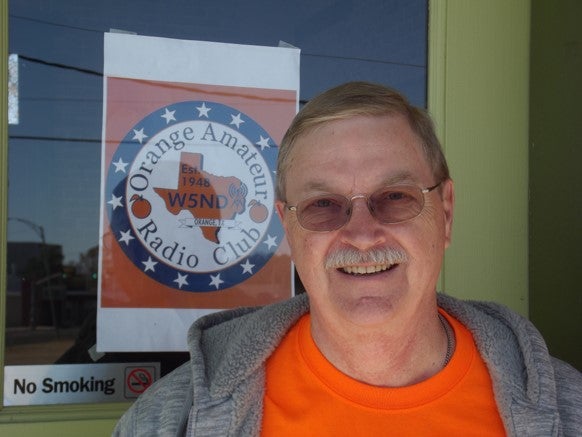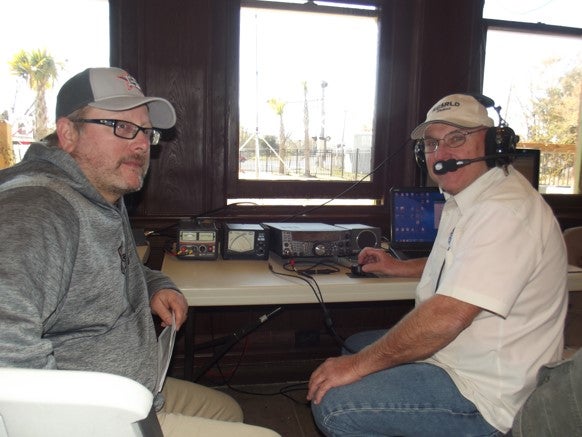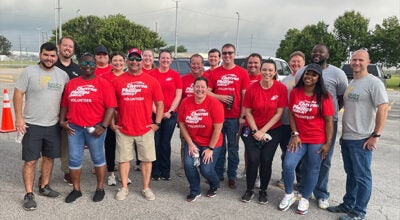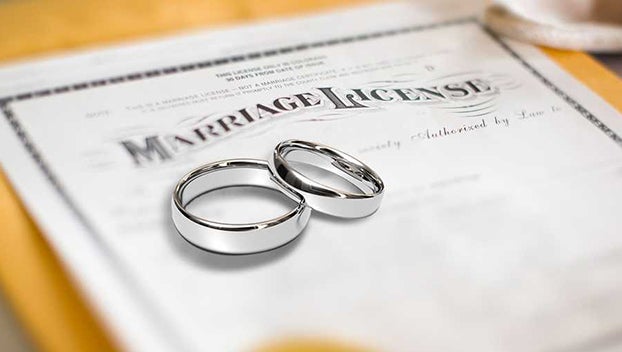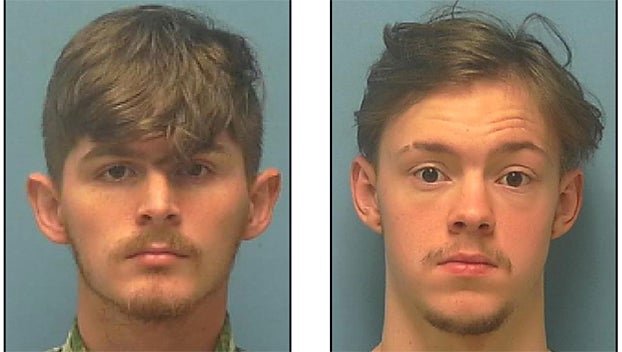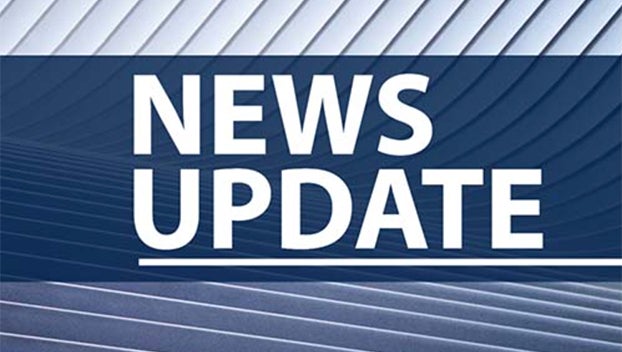There is nothing amateur about amateur radio
Published 2:30 pm Wednesday, January 17, 2018
By Larry Holt
The Orange Leader
Tastefully restored Orange Train Depot Museum at 1210 West Green Avenue was a perfect setting on a perfectly sunny, chilly day to host the Orange Amateur Radio Club’s 70th anniversary Saturday and Sunday. Accompanying the sign advertising the club’s two day event, numerous radio antenna populated the depot grounds, making it possible for club members working their radios inside to reach far and wide in their search for contacts throughout the county, and well beyond.
Inside the depot where travelers used to wait for their train to arrive, antenna wire draped to myriad radio equipment connections set up on folding tables snug against brick and paneled walls, with operators hunched over in close conversation with one another about technical aspects of their passionate hobby, and more than a few focused intently on seeking out just the right setting on their equipment to hone in on a wave length to successfully transmit and receive to another radio operator far away.
“There’s nothing magical about it,” said President of the Orange Amateur Radio Club Rocky Wilson said. “We are dealing with pure science, physics, and weather conditions.”
“Even without high powered equipment, if weather conditions are right we can talk to other radio operators on the other side of the globe because of how radio waves bend through the atmosphere.”
Phil Pollock, an amateur radio enthusiast for the past six years said he has successfully connected with radio operators as far away as Russia and Australia.
Amateur radio, commonly referred to as HAM radio consists of enthusiasts, passionate about technical aspects of radio equipment, communication transmission and reception, the camaraderie associated with local clubs, and satisfaction derived from the public service amateur radio operators provide the community.
Wilson described amateur radio operators helping pass along information during the aftermath of Hurricane Katrina.
Wilson said, “Red Cross shelters were set up throughout the area that housed Katrina refugees. At each Red Cross shelter we had a HAM radio station and we shared information throughout the network. If one location was full but another had room, we were able to help direct the flow of people to resources they needed.”
“Everyone gets something different from their participation in HAM radio,” said Bill Crawley, an 11-year enthusiast. “I like the technical aspect because I used to be an engineer but other people like different things.”
Pollock remarked he likes connecting with his fellow club members and making connections far and wide, but also helping out at special events like the Gusher Marathon or the Big Thicket Run.
“We set up our stations along the course and pass along information to one another,” Pollock said. “If someone needs help, we are there to pass it along and get help where it’s needed.”
The Orange Amateur Radio club is an all-volunteer group founded in January 1948 after the radio blackout of World War 2.
Charter members of the local club include Davis Cooper, Martin Thomen, Thad Decker, and Edgar Brown III. An unconfirmed rumor among club members is Brown had his station set up in a basement on his estate. The club meets the first Friday of every month at the American Red Cross building in Orange.
“It’s a great place to meet people and get to know more about amateur radio,” Crawley said of the club that consists of about 40-members ranging in age from teens to early 70’s.
“Come out and see what we are about. A person might find they are really interested and it’s a lot less expensive to get started than a person might think,” Crawley said. “There are things I’m still learning after eleven years.”
Unlike Citizen Band (CB) radio, HAM radio operators are licensed and regulated by the Federal Communications Commission (FCC) and are affiliated with the national organization, American Radio Relay League (ARRL).
ARRL was founded on April 16, 1914 and lobbies Congress on behalf of members to protect radio frequencies amateur radio operators use.
Wilson explained there are three levels of licensing for an operator that gives greater permission to operate higher frequency equipment.
“Most everyone, with a little study can pass the examination. We offer a free two-day class and the test costs only fifteen dollars. The license is good for 10-years and can be renewed for free,” said Wilson.
“It’s a license to learn forever.”
“Radio frequencies are a valuable resource when you think about it,” explained Wilson. “We need to protect them. It’s fun what we do, but we also provide a public service right here in the community.”


